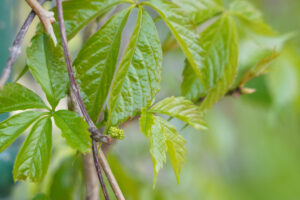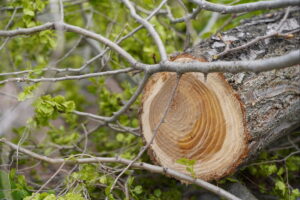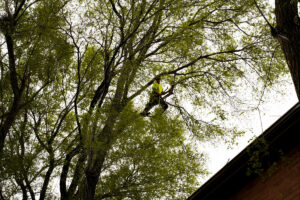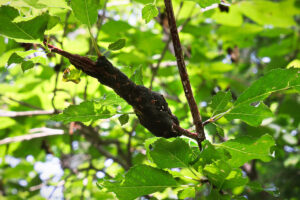Newmarket Tree Care Specialist on When to Use Tree Root Barriers
Large mature trees provide much-needed shade in the summer and enhance the beauty of your property. It took them many years to reach this majestic size, which is why it can be heart breaking to cut one down when their roots threaten driveways, sidewalks, outside walls, plumbing, sewer pipes, or your home\’s foundation.
If you\’ve walked on sidewalks adjacent to large trees, you may have seen first hand what their roots can do. If you haven\’t, an Internet image search on \”tree root damage to sidewalks\” will bring up some dramatic photos. What these photos reveal is the tremendous force a tree root can exert over time.
Similar damage can happen to important structures on your property such as your foundation, which may require costly repair work. Aggressive roots can also wreak havoc on your sewer pipe and other plumbing. Roots grow toward water and/or nutrient sources such as a pipe with a small leak. They can infiltrate the crack, grow inside the pipe, block water flow, and possibly break the pipe wall open.
Take Action
This is why you shouldn\’t wait until damage occurs before taking preventative action. How can you spot a problem tree before it causes a problem? Two indications are its species and its height. Species that have problem roots include oak, birch, and magnolia trees.
A rule of thumb regarding these trees is that their roots can grow outward of up to three times the height of the tree. If such a tree appears to be within range of an important structure, then it\’s time to do some planning. Preemptively cutting a tree down before it causes a problem is too drastic. Instead, you might consider installing a tree root barrier.
Installation involves digging a trench down to the root depth common for the type of tree and placing the barrier (often a plastic material) in the trench. You then refill the trench with the same soil removed earlier. If you\’re protecting a driveway, for example, the barrier should extend along its length on the side facing the tree. You can also install a trench after the root damage has occurred. However, this will require root pruning at the trench. The sooner you detect the damage, the less root pruning required.
For important structures such as your foundation and sewer pipe, its best not to wait until the damage happens. The same is true of underground plumbing next to your house. If a root causes a large water leak, it could erode away the supporting soil from beneath your foundation.
If a tree root is causing problems or if a tree seems uncomfortably close to a structure, don\’t hesitate to get advice from a Newmarket tree care specialist.
For answers to your questions, you can follow along on Facebook and Instagram, or you can contact us here if you have any questions.





